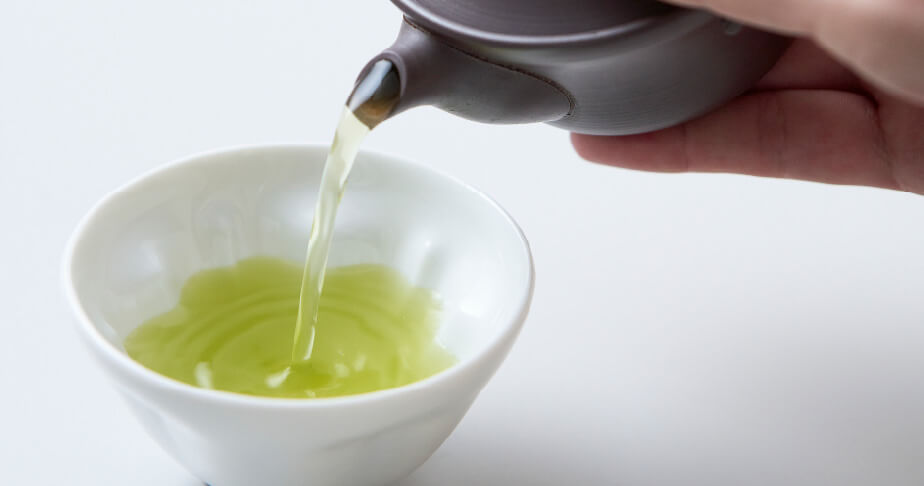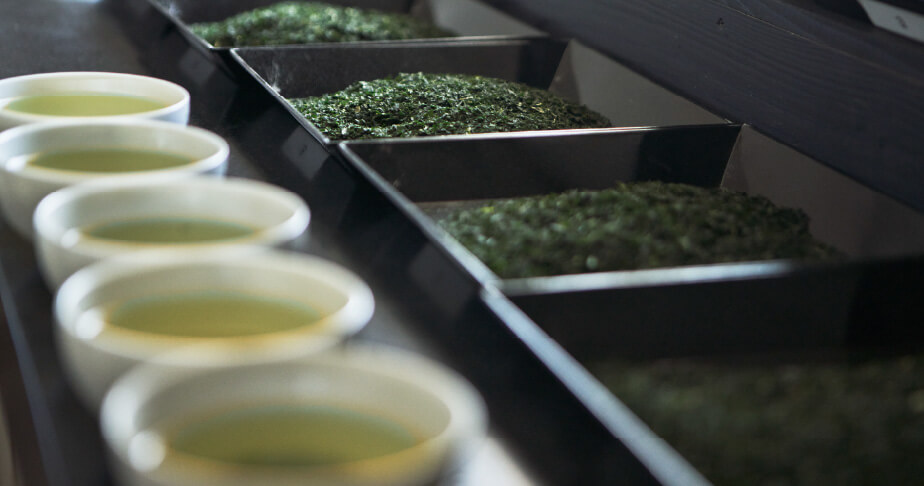A Story About Tea
Grown in the embrace of clear mountain streams, clear air and bountiful plains at the foothills of the Suzuka Mountain Range.
The spirit and artistry of genuine tea production passed down from generation to generation.
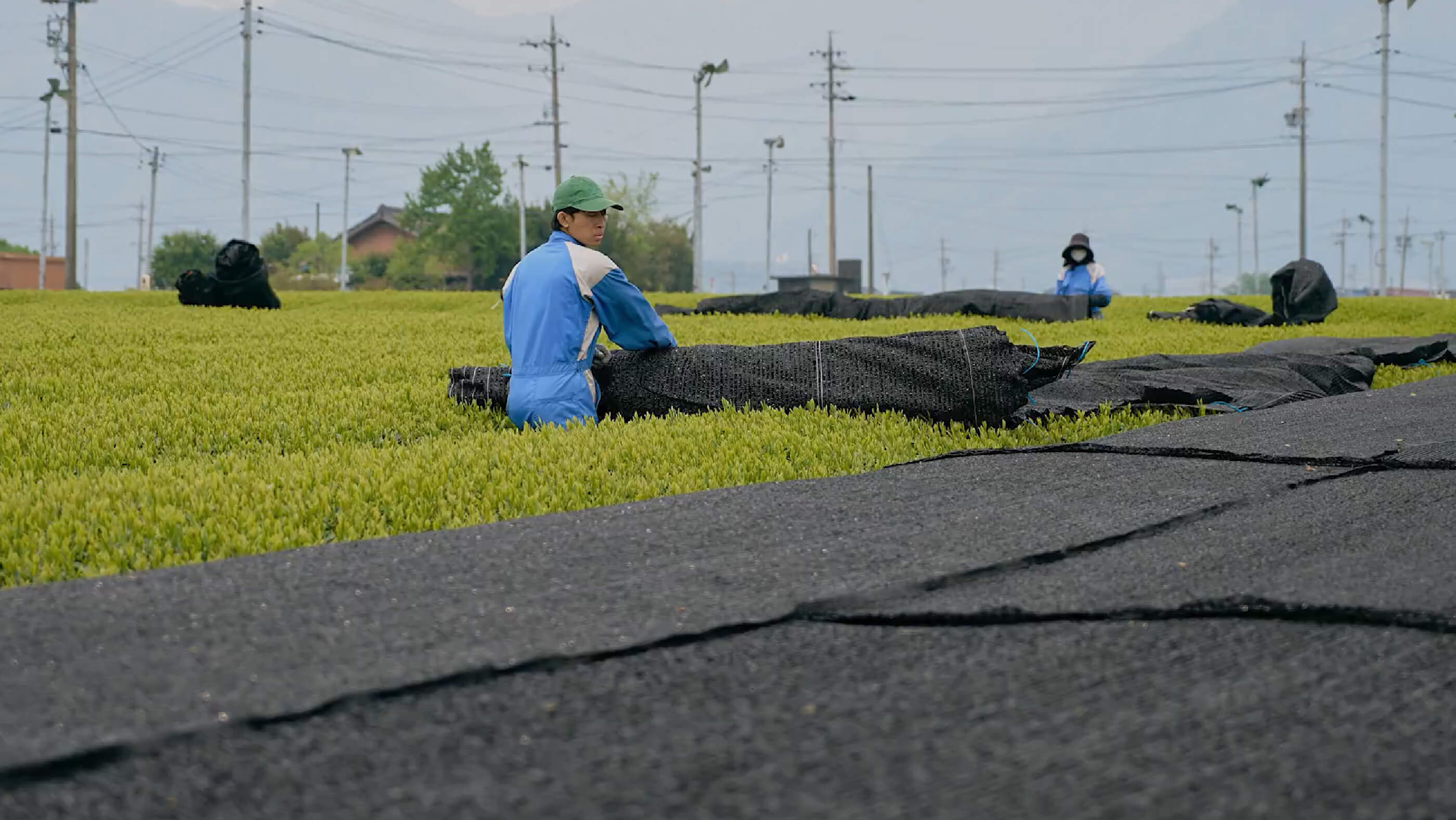
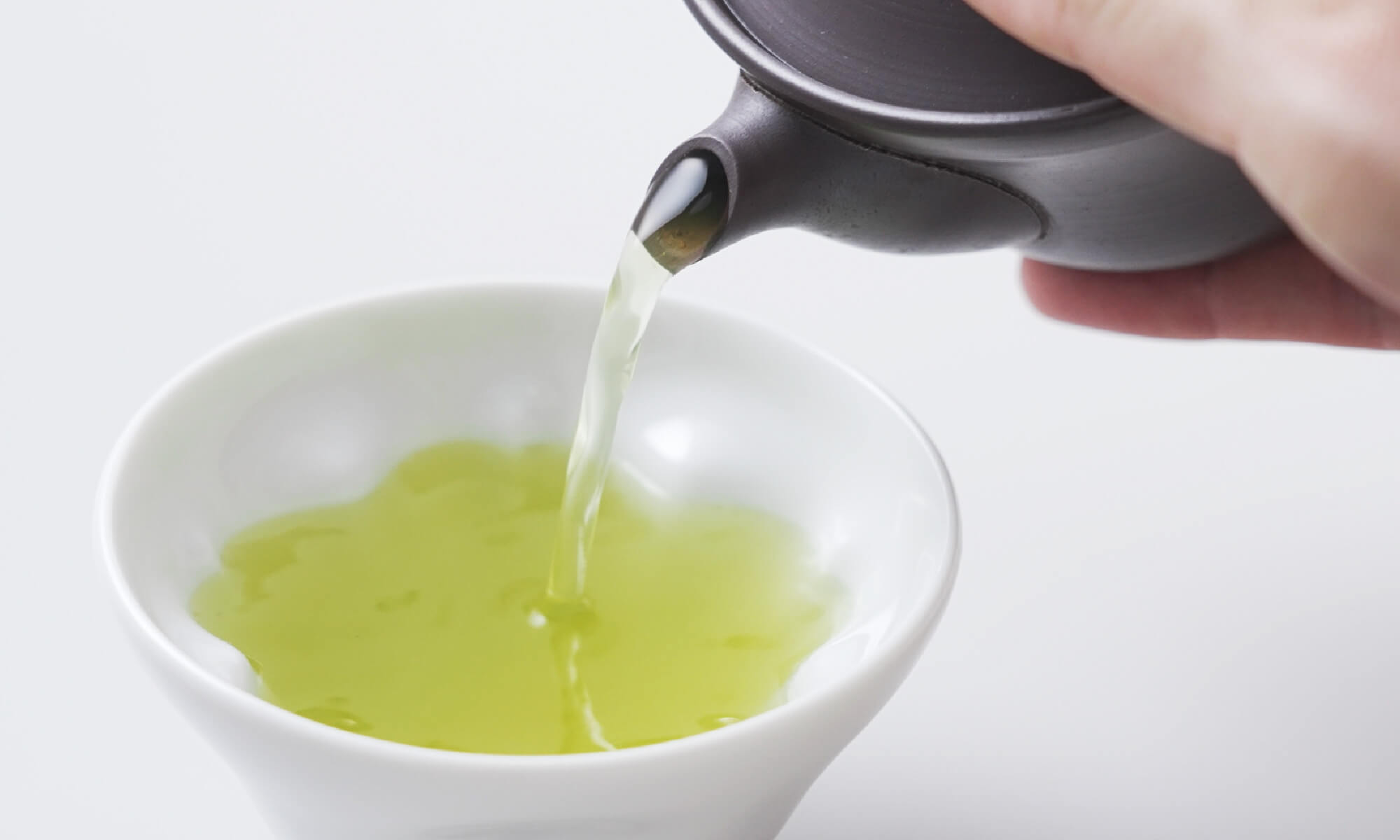
What is tea?
While tea varieties are many and varied, this feature will primarily focus on Japanese tea.
Most Japanese tea is green tea, and is made without undergoing fermentation. Green tea has many health benefits, with catechins thought to help prevent cancer, while theanine is regarded as producing a relaxing effect.
This, in conjunction with related cultural elements such as the tea ceremony, together with the many tea varieties, has propelled tea to become a cornerstone long relied upon to soothe the hearts and minds of the Japanese people.
It is a uniquely Japanese tea culture that accompanies everyday life.
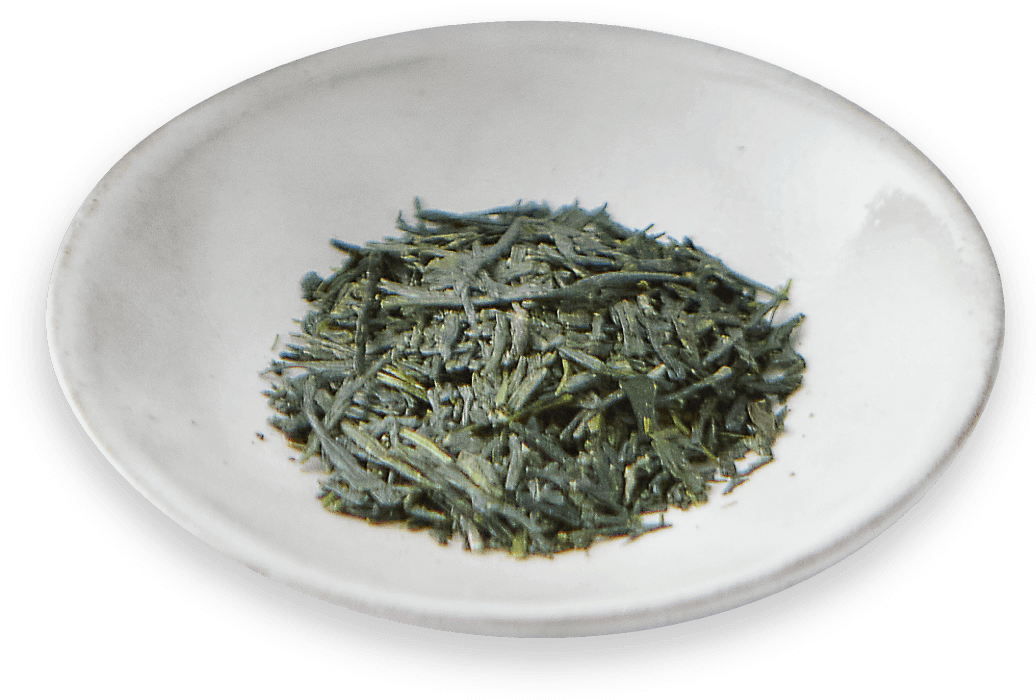
Types of tea
Tea comes in many different forms, varying by its production method and location, period, and variety of tea. Put broadly, the three main categories of tea are black tea (fermented), oolong tea (partially fermented), and green tea (unfermented).
The tea produced in Japan is predominantly green tea, to the extent that green tea can sometimes be used as a synonym for Japanese tea.
Major producing regions include Shizuoka, Kagoshima, and Mie, with tea produced in Mie Prefecture known as “Isecha”. Discovering the many varied aromas and tastes available is one of the joys of Japanese tea.
Benefits of tea
Green tea contains powerful antioxidants such as catechins, and has health effects that help reduce active oxygen.
Rich in nutrients and free of calories, tea is the ideal drink for daily consumption.

Cancer prevention
The powerful antioxidant effect produced by catechins is effective in cancer prevention.

Improvement in lifestyle diseases
The components contained in green tea help suppress blood sugar levels and cholesterol.

Cavity and bad breath prevention
Catechins and fluoride help suppress the causes of cavities and bad breath.

Beauty benefits
Catechins and vitamins prevent oxidation, helping preserve healthy-looking skin.

Dietary benefits
When consumed in powder form, green tea is a calorie-free beverage that provides dietary fiber.

Relaxation
Theanine helps calm the nerves, facilitating mental and physical relaxation.




